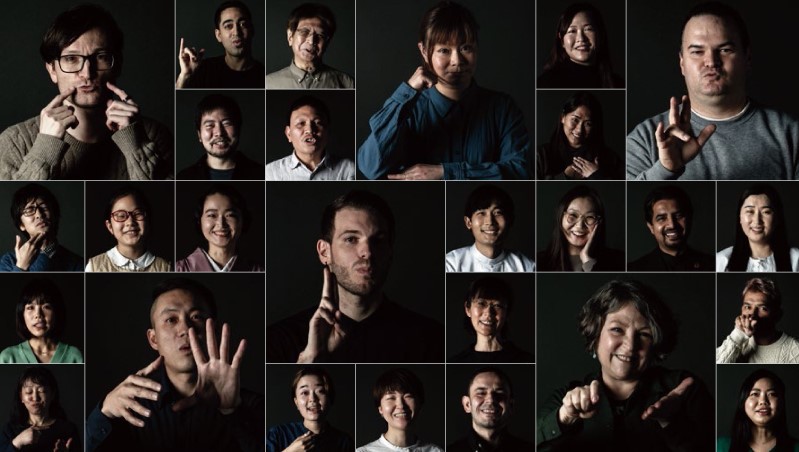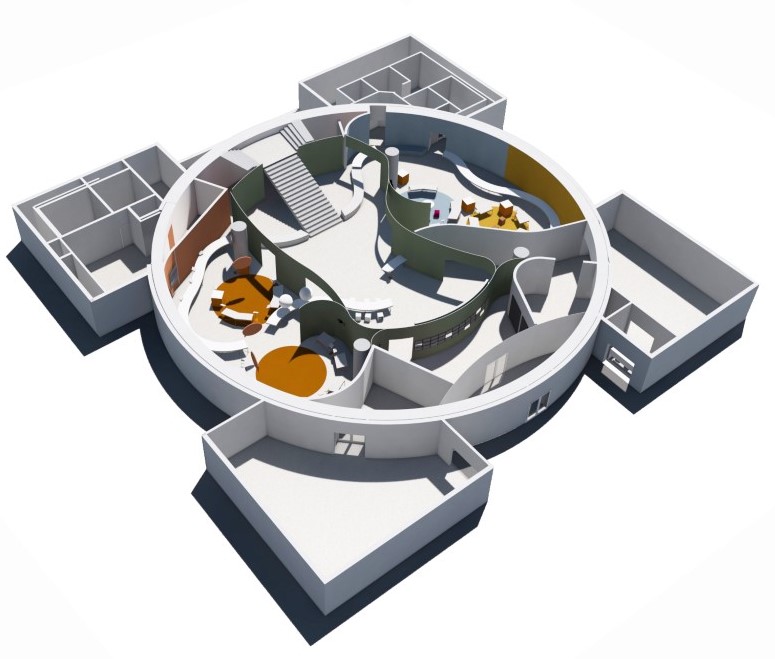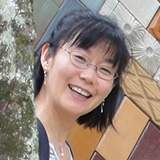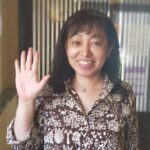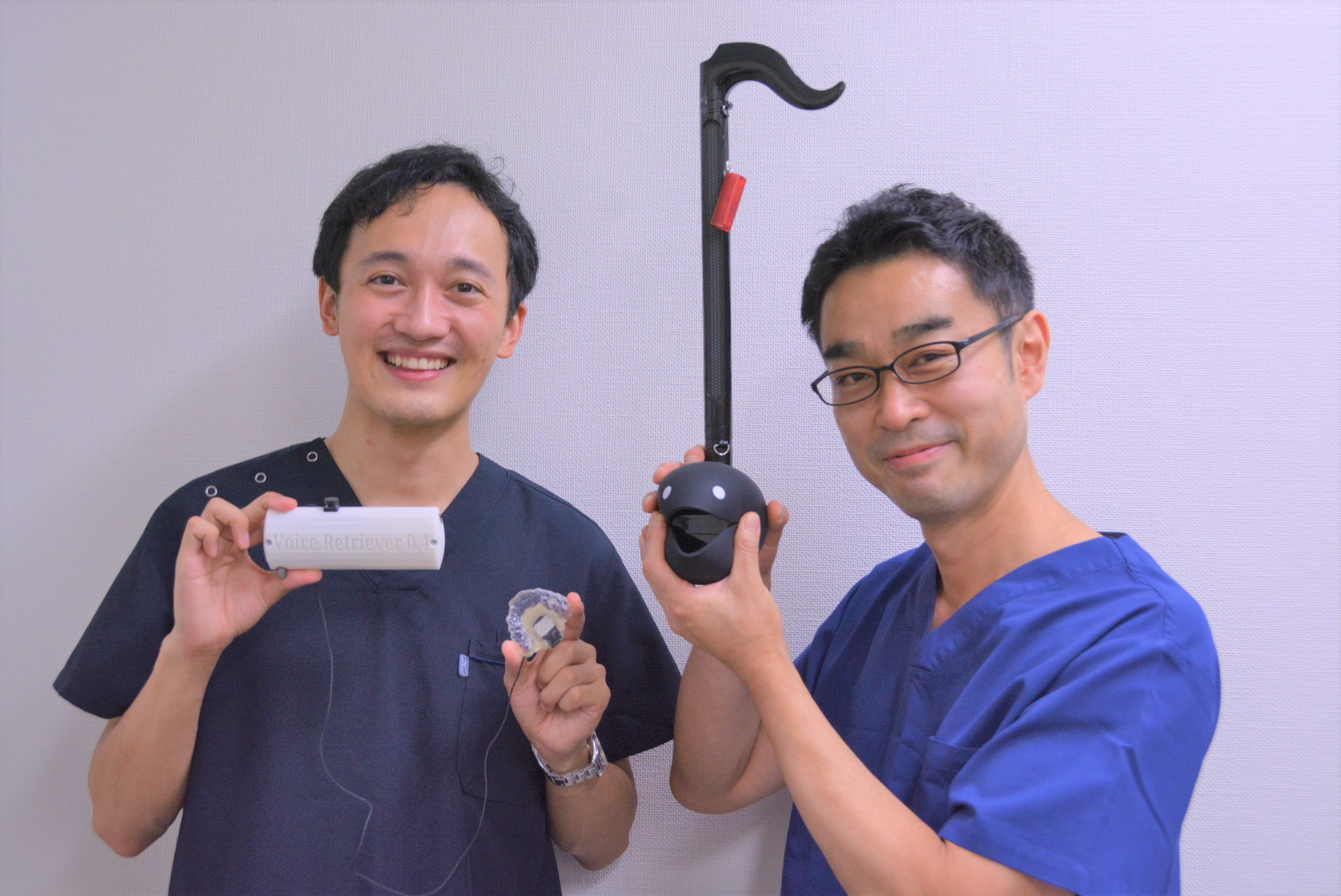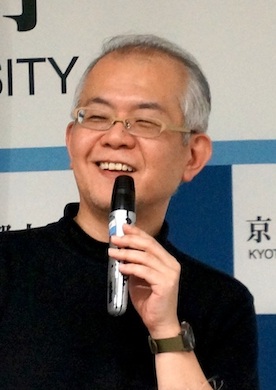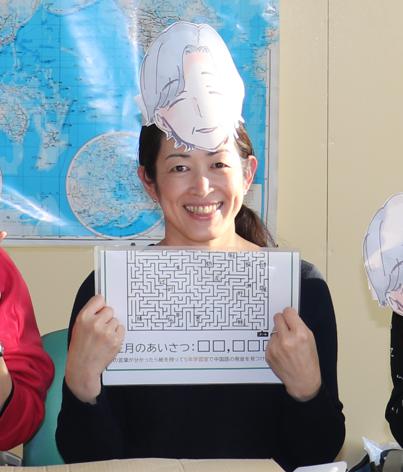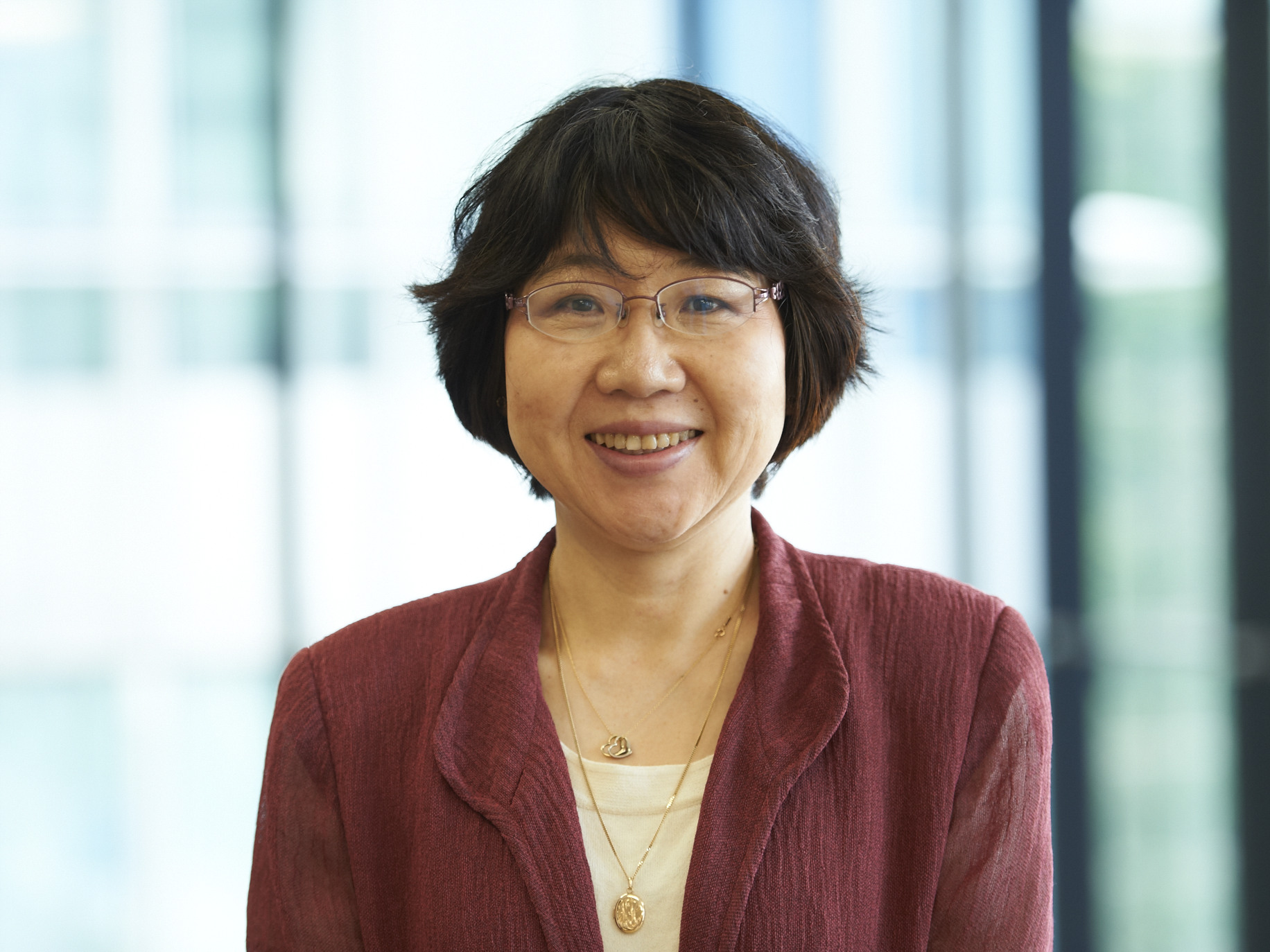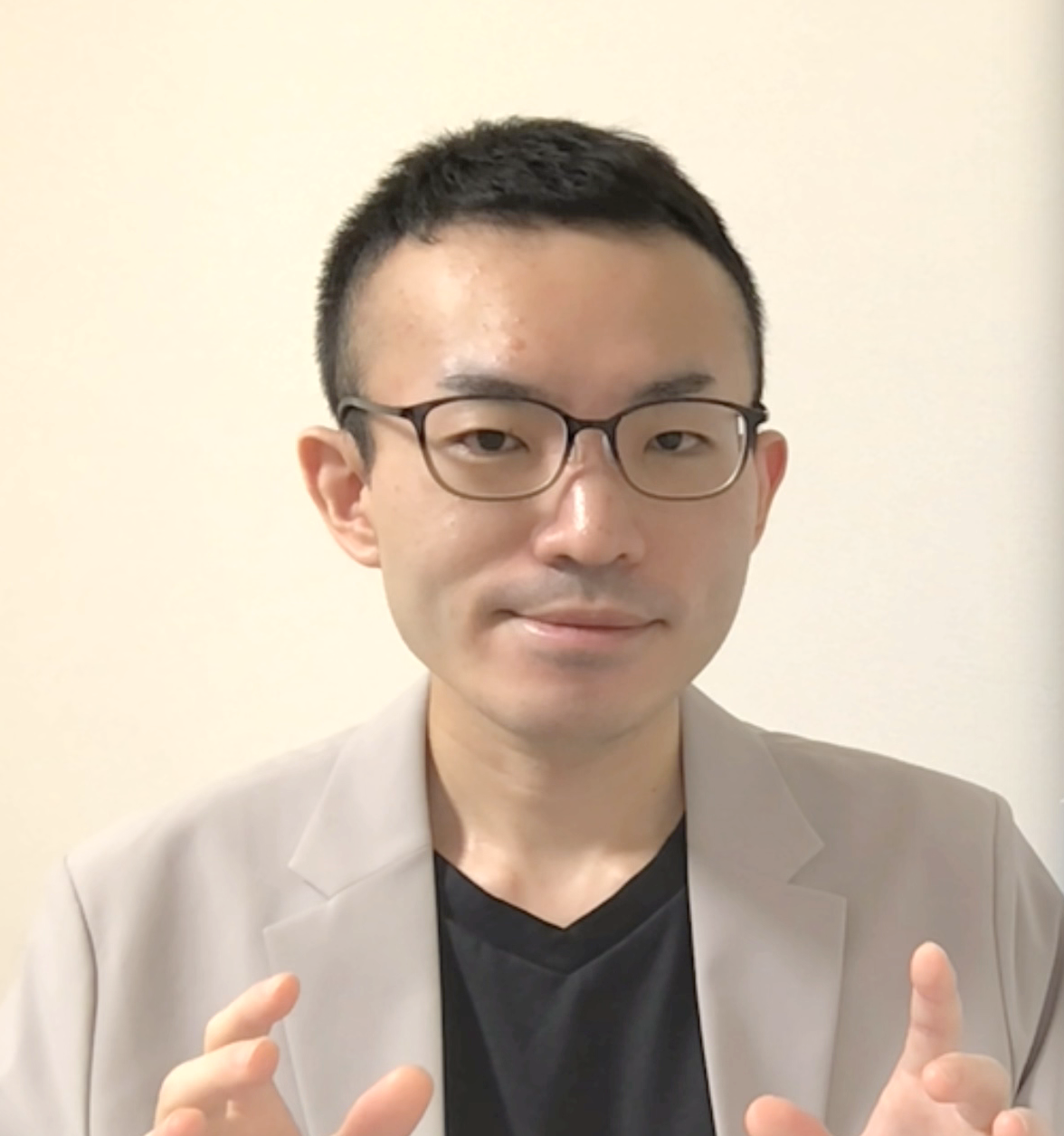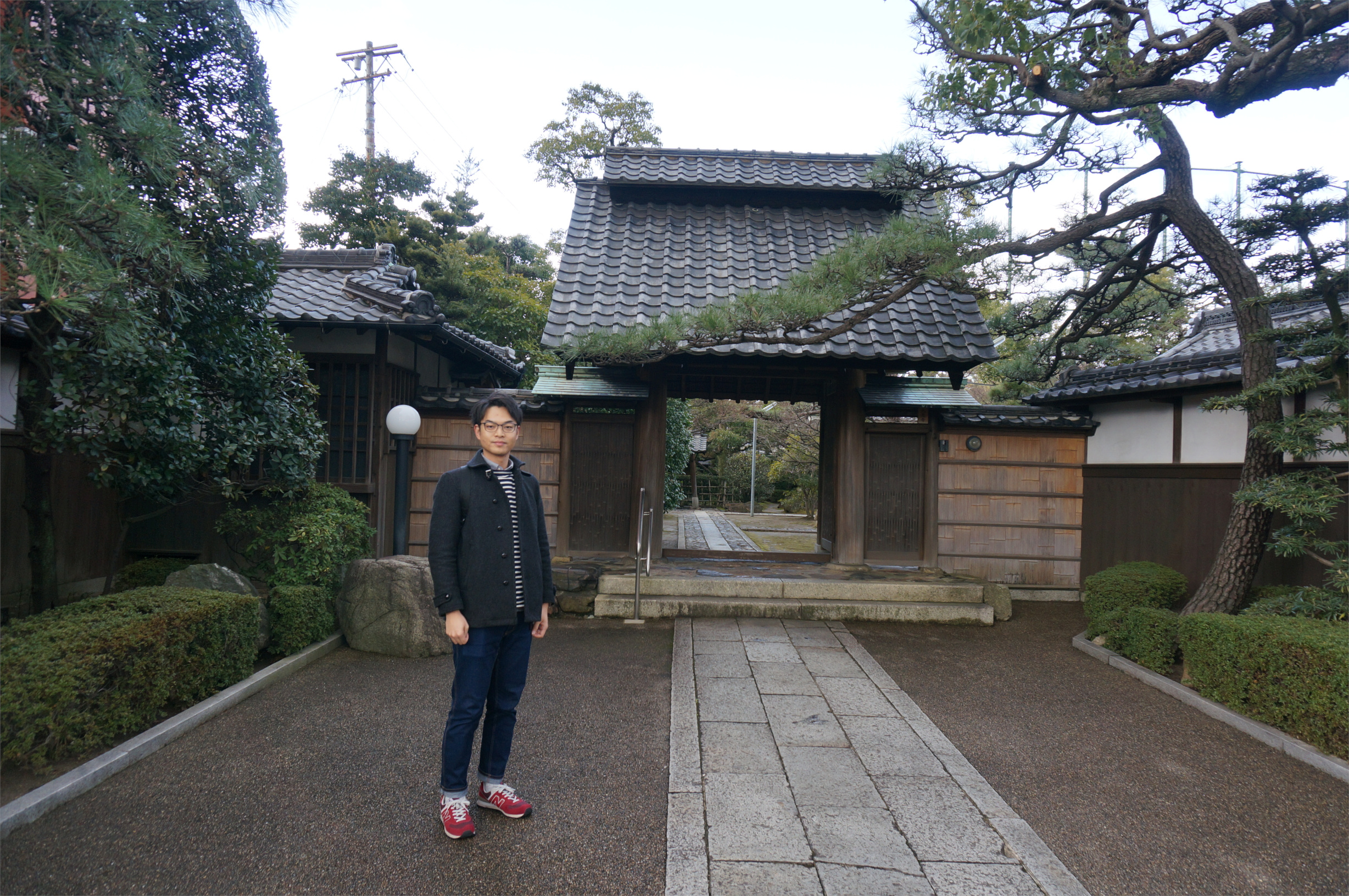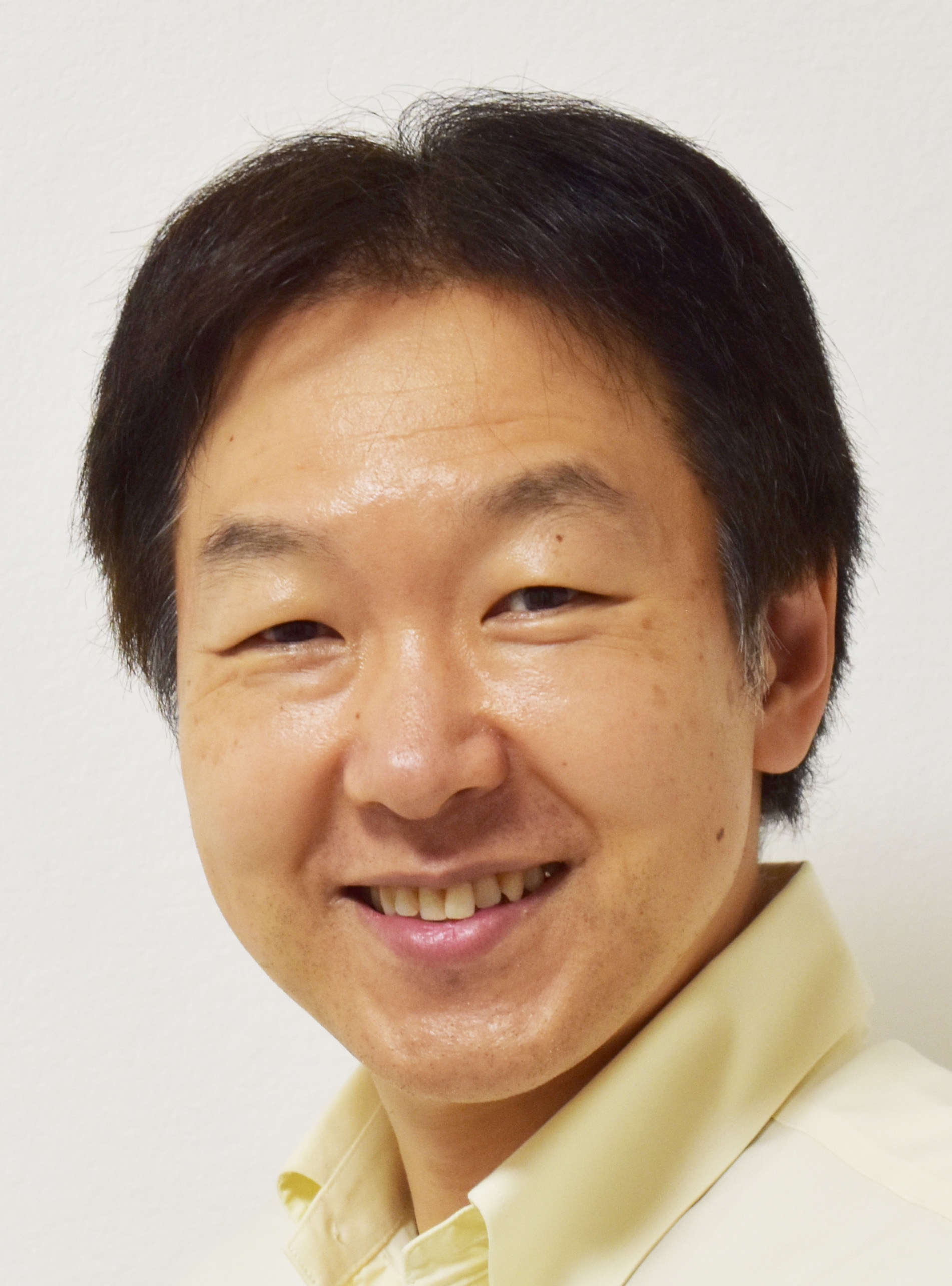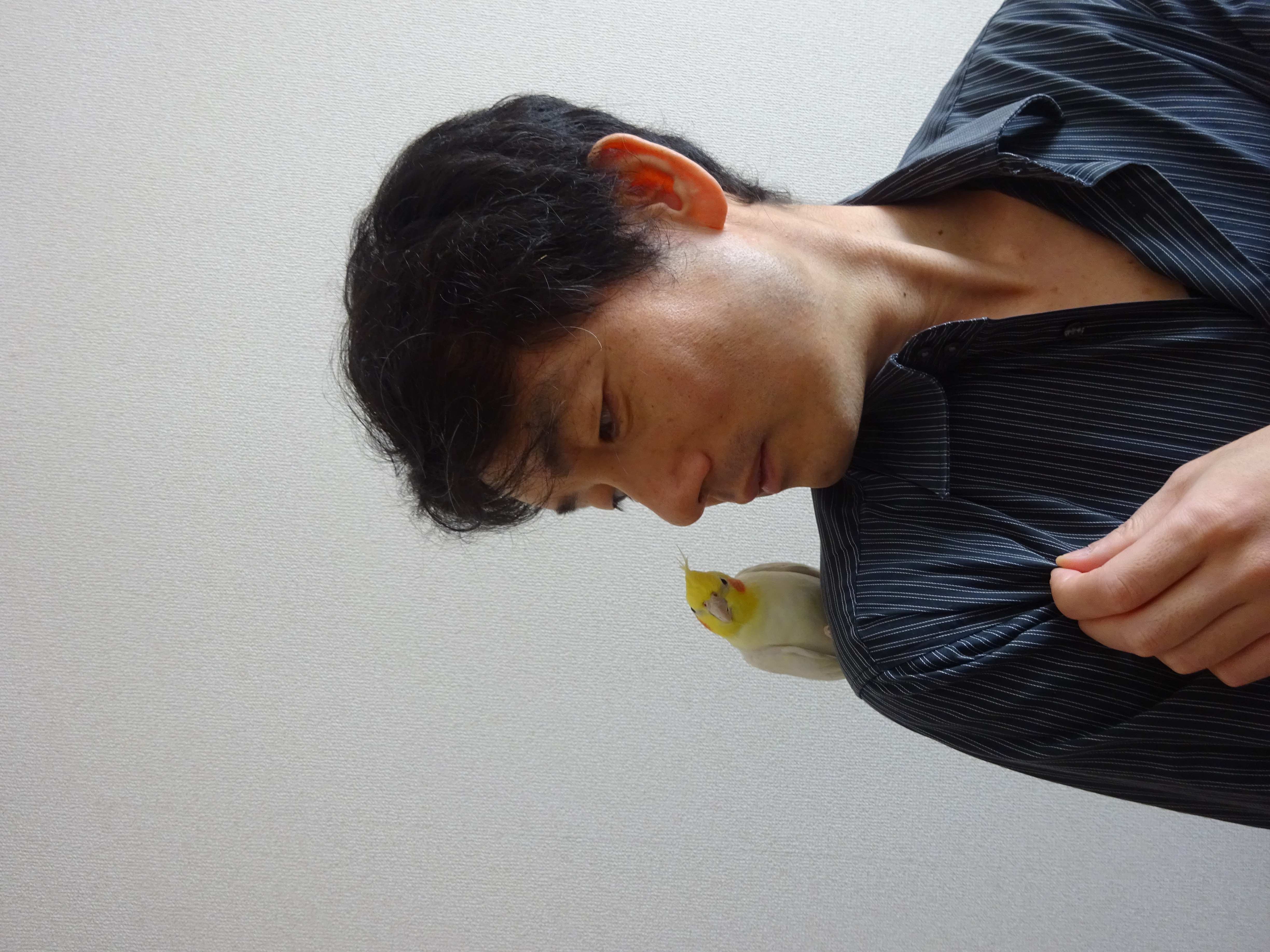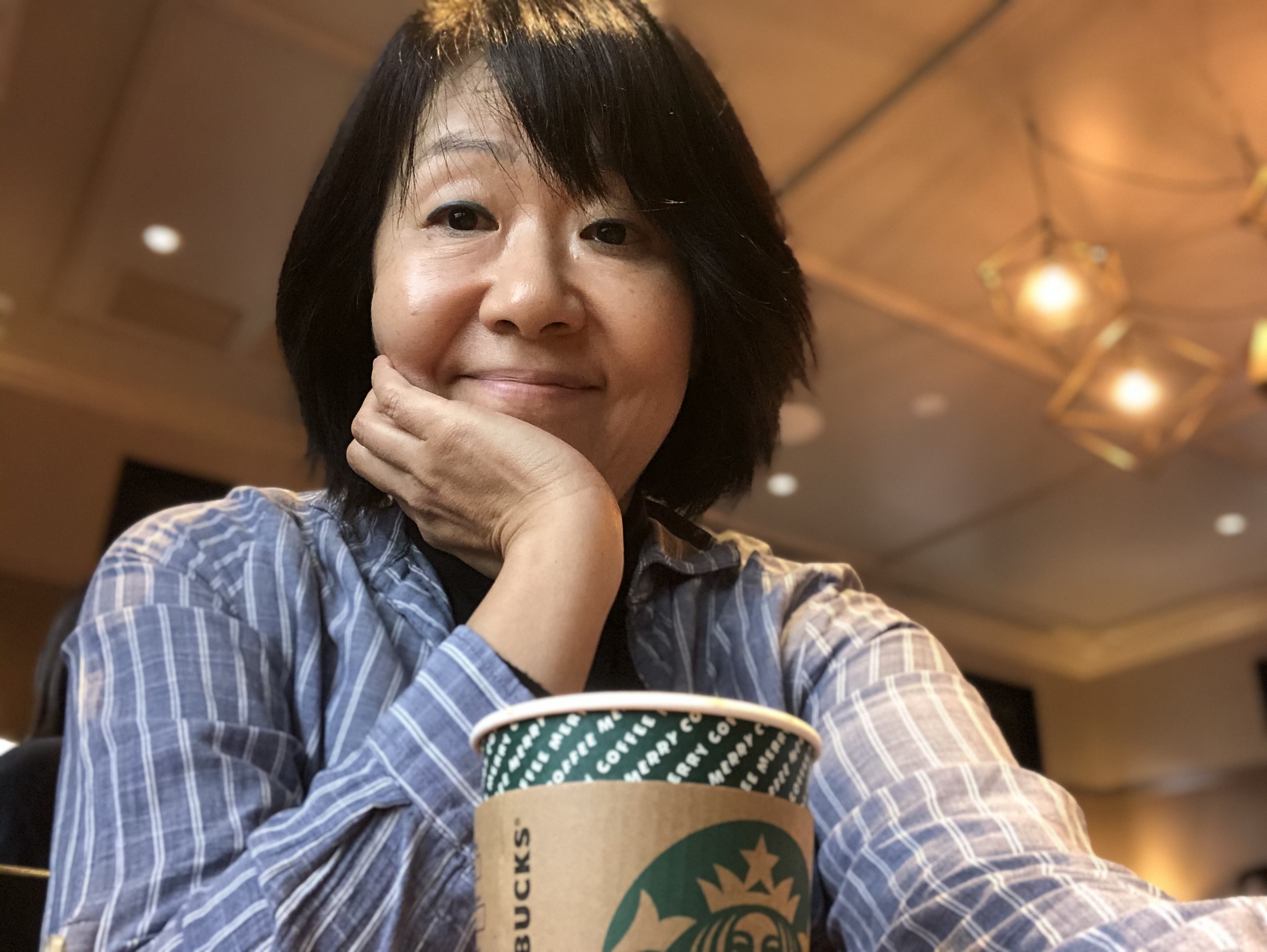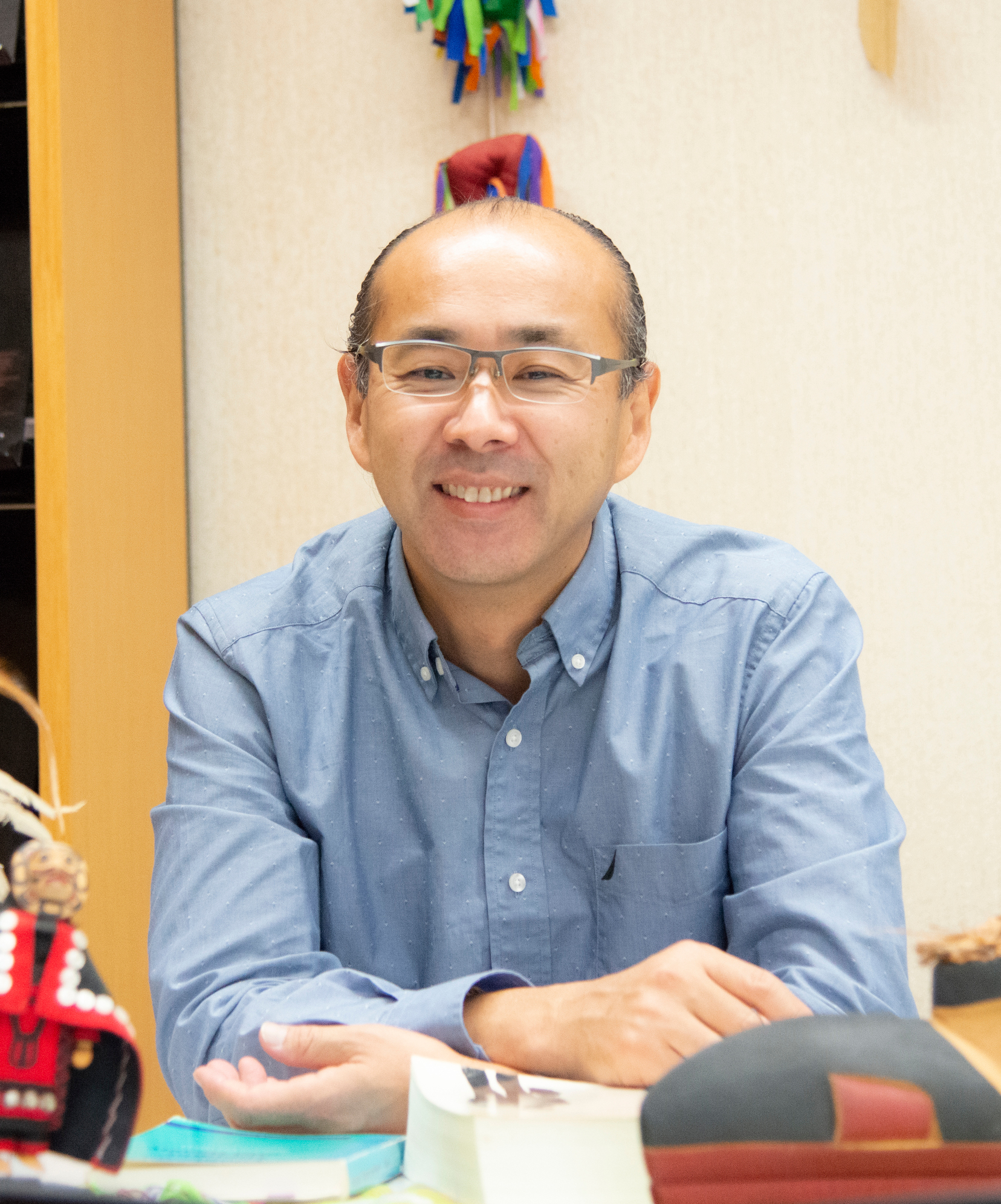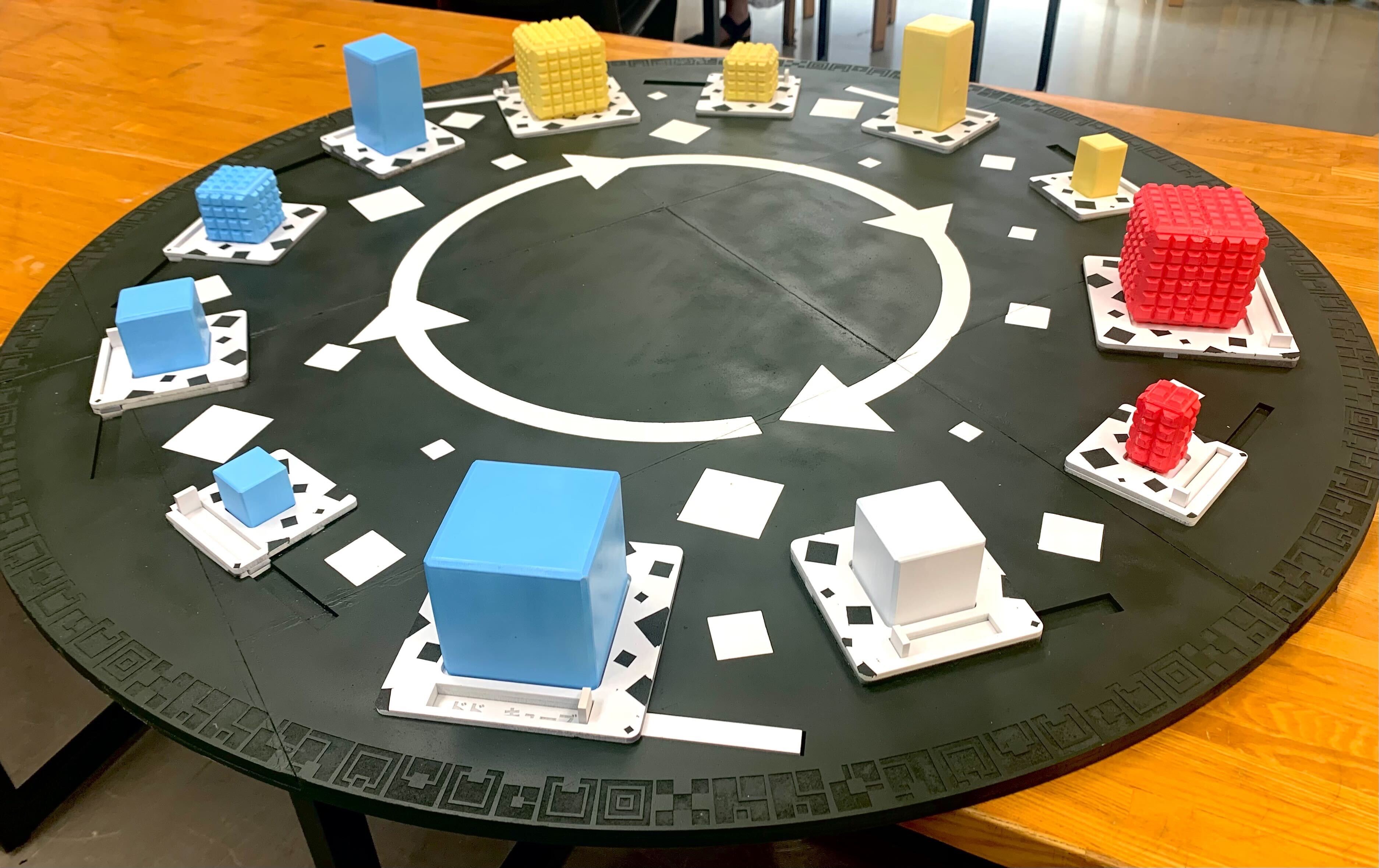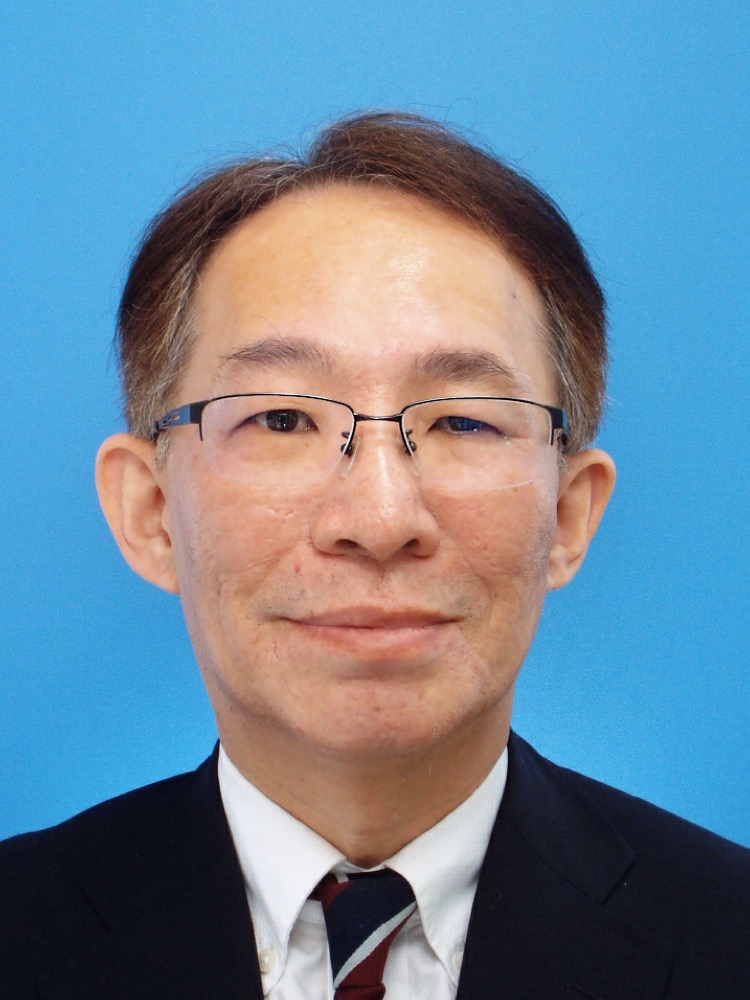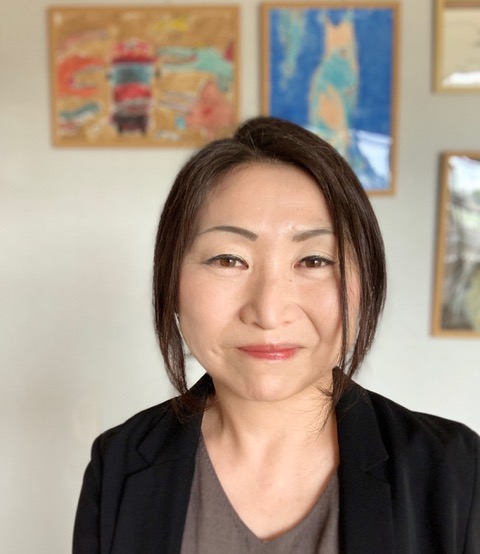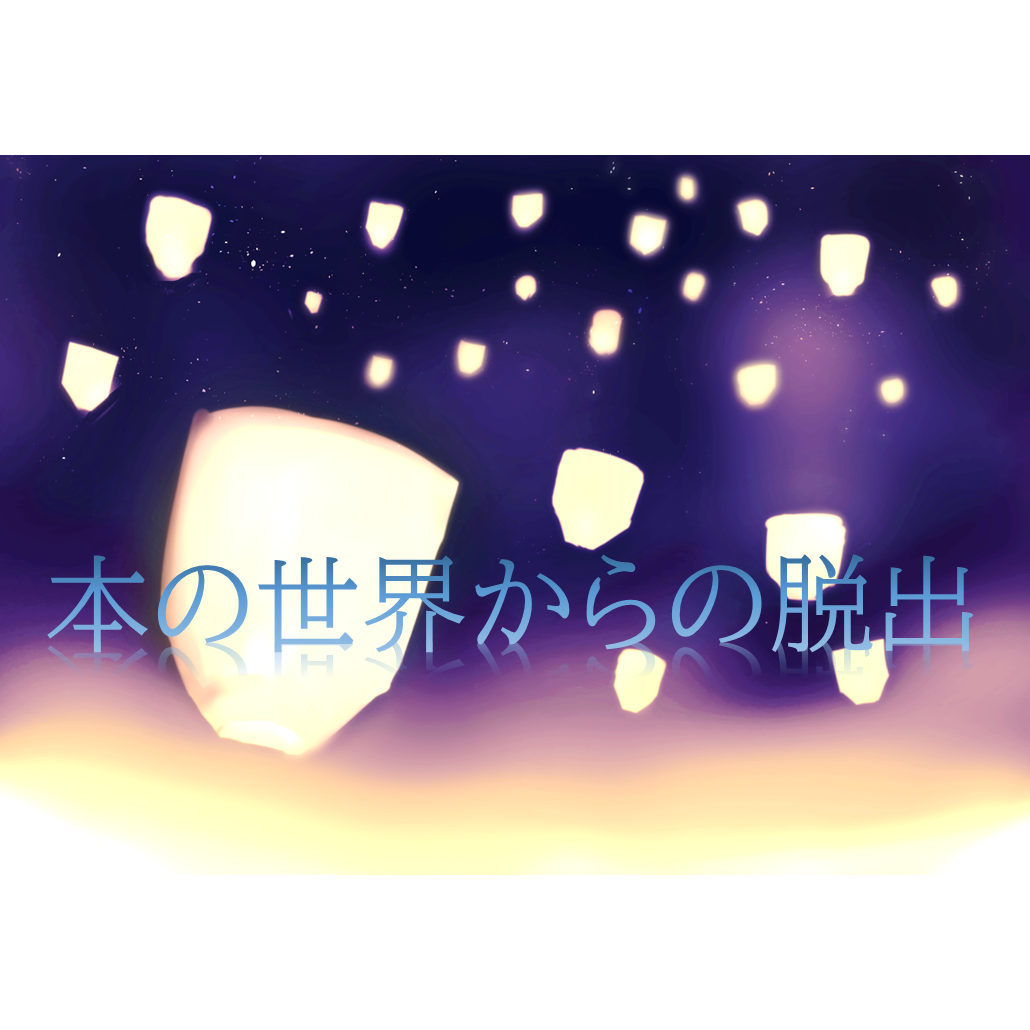10:30 - 12:30 am, 2:00 - 4:00 pm
Conference Room 5
Free Admission (pre-registration required)
Osaka Ohtani University & Minpaku Produce
from elementary school (Grade 2 and younger participant needs to be accompanied by an adult supervisor (high school students and older)
You visit the library during winter break. While you are looking for a book for your homework, you find a strange book. You are curious and open the book, and you and your friend get lost in the world of the book. The story takes place in China during the New Year's holiday, where you don't understand the language or culture. With the help of many people, can you find your way back to the original world? Is the Lantern Festival the key? Let's go on a Chinese New Year's journey.
